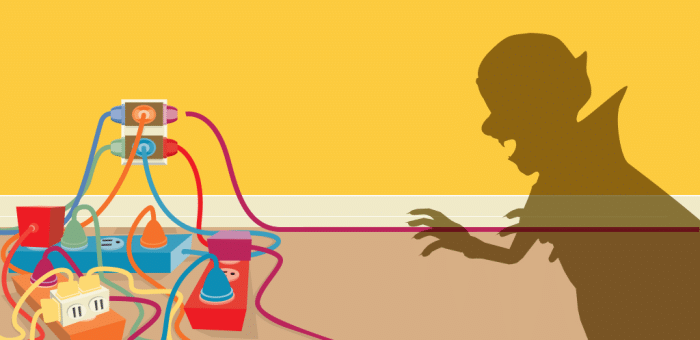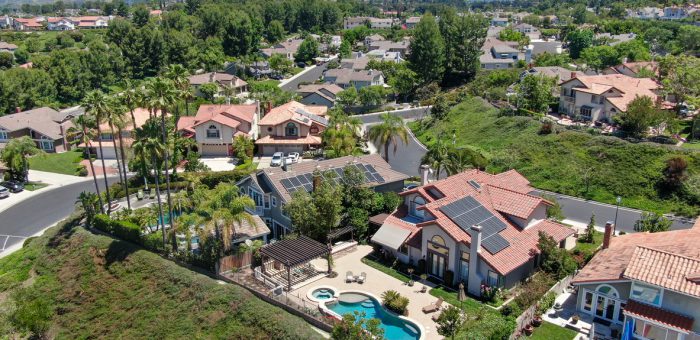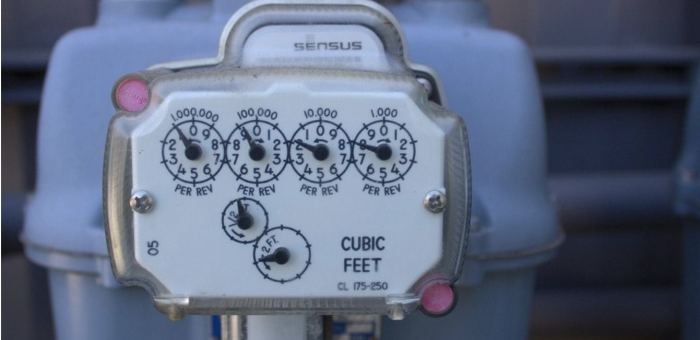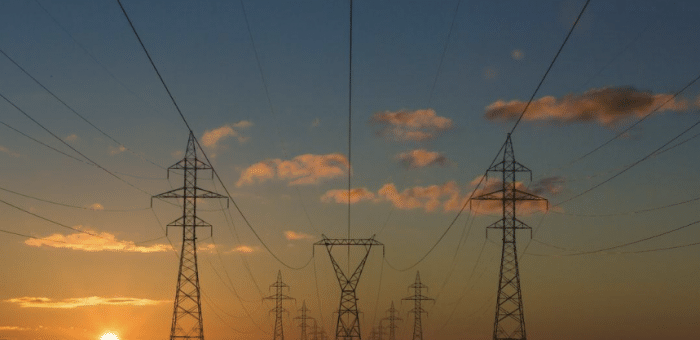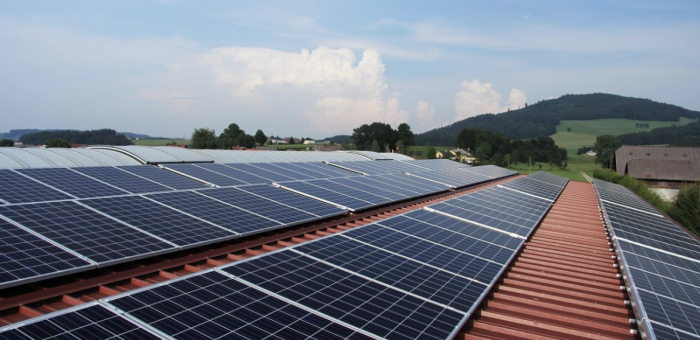When it comes to CO2 and greenhouse gas emissions, what’s the first thing that comes to mind? Your first thought might be cars or planes. Transportation does account for a large portion of most people’s carbon footprint. However, so too does home electricity usage. You likely have numerous appliances and electronic devices that consume electricity. All of that energy usage contributes to your carbon footprint and can result in expensive utility bills, especially if you have high electricity rates. So, how do you determine which energy-efficient appliances to invest in?
If you’re looking to cut your monthly energy bills, Power Wizard can help. Smart online shopping tools can show you the best, most affordable plans for your needs. It only takes a few minutes of your time to find out how much you can save.
The right electricity plan is only one part of the equation, though. You can save even more money by reducing your home’s overall energy consumption.
Some of the most well-known strategies include shutting off lights, adjusting thermostat settings, and unplugging electronics you aren’t actively using. Another option to consider is investing in energy-efficient appliances.
[ctafirst]
How energy-efficient appliances decrease energy costs
Energy-efficient appliances use less energy-intensive technologies to operate as intended. They consume less electricity to function the same as — if not better than — their non-energy-efficient counterparts. In other words, they use energy more efficiently. The more energy-efficient the appliance, the less electricity it uses to run and, therefore, the less it costs to operate.
One thing to note about energy-efficient appliances is that they typically cost more upfront than non-efficient options. However, they often turn out to be cheaper in the long run because they can reduce your home’s energy consumption.
Using less energy leads to lower utility bills. Over time, those savings begin to add up, making up for the initial cost of the appliance and contributing to your overall energy savings.
Another benefit of energy-efficient appliances is that they reduce your impact on the environment. Many power plants still use fossil fuels to generate electricity, creating carbon dioxide and other greenhouse gases. Using less energy means fewer fossil fuels burned. Many energy-efficient appliances use less water, too, which means you can also reduce your water bills.
What does it mean to have an Energy Star-certified product?
An Energy Star appliance is a type of energy-efficient appliance. You can quickly recognize these products by their blue label. You can also find a list of energy-efficient appliances on Energy Star’s website.
Not all energy-efficient appliances are Energy Star-certified. Products must meet strict standards set by the Environmental Protection Agency (EPA). They undergo third-party testing and are subject to ongoing testing to ensure they still meet the EPA’s requirements.
Essentially, Energy Star certification is a guarantee of electricity and cost savings. In fact, you can expect 10% to 50% energy use savings compared to standard products.
You can also earn energy tax credits for purchasing Energy Star-rated appliances. Depending on the device, you can have anywhere from 10% to 30% of the purchase price credited back to you at tax time.
5 major appliances customers love for their energy efficiency
If you’re looking to reduce your utility costs and your environmental impact, reducing your energy consumption by replacing older appliances is a great solution. The question then becomes, what are the best energy-efficient appliances to purchase?
Here are the top five major home appliances that can increase your home’s energy efficiency and cut your energy costs:
Energy Star-certified dishwasher
Dishwashers might not use as much electricity as some other home appliances, but the energy cost and water usage can still add up, especially with an older model. In addition to the energy required to run the appliance, older dishwashers also use upwards of 10 gallons of water per load.
There have been numerous improvements in dishwasher technology over the years. The newest Energy Star-certified options include soil sensors, more efficient jets, and better rack designs that help reduce water and energy consumption.
Standard-sized dishwashers are about 12% more energy-efficient and 30% more water-efficient. They generally only cost $35 a year to operate and can save nearly 3,900 gallons of water.
Energy-efficient refrigerator
Refrigerators, which run continuously to keep food cold/frozen, have some of the highest operating costs. With inefficient cooling and lighting, a 20-year-old refrigerator can use upwards of 2,000 kilowatt-hours (kWh) per year. If you pay $0.12/kWh, your fridge could have an annual cost of around $240.
Energy Star refrigerators have more high-performance features, including more efficient compressors and better insulation. The newest certified models also use between 350 and 450 kWh per year. At the same electricity rate of $0.12/kWh, investing in a new fridge could bring your annual costs down to $42 to $54.
Energy-efficient washing machine
Like your dishwasher, your washing machine uses both electricity and water. And, again, like your dishwasher, it isn’t the most expensive home appliance to operate. However, washing machine technologies have greatly improved over the last few years. If you’re using an older model, you could be spending more than necessary to wash your clothes. And using hot water increases your costs even more.
Newer, more energy-efficient washing machines use considerably less energy than older models. They also don’t fill to the top with water. Instead, many models have “load-sensing” technologies that help reduce water usage. Energy Star-rated washing machines use around 25% less energy and 33% less water than regular machines.
[ctafirst]
Energy-efficient dryer
While the most energy-efficient way to dry clothes is to let them air dry, it isn’t always the most convenient. You might not have the space to hang them outdoors. Even if you do, high humidity means it can take your clothes a while to dry completely.
Drying indoors isn’t always possible, either. Damp clothing indoors can contribute to mold, dust mites, and aggravated allergies.
Dryers make doing laundry easier and more convenient. However, the average machine uses more electricity than your refrigerator. Energy Star dryers, which come with technologies like moisture sensors and lower heat settings, use 20% less energy than standard options. Energy-efficient heat pump dryers use even less.
Energy-efficient air conditioner
Living in a state like Texas, you know how essential your central air conditioner is. You also know how expensive it can be to operate, particularly during the summer months. Even smaller models can make up a significant portion of your electricity bills.
Air conditioners have SEER (seasonal energy efficiency ratio) and EER (energy efficiency ratio) ratings. The SEER rating tells you how efficiently a particular air conditioner operates over an entire season, while the EER rating provides a standard measurement of efficiency.
Today, most air conditioners have a SEER rating between 14 and 21 — SEER 14 is the minimum rating for an Energy Star-rated air conditioner — with a higher rating equating to a more efficient unit. Older air conditioners have SEER ratings between 8 and 10. Energy Star air conditioners use around 8% less energy than newer conventional models.
Invest in energy-efficient products to save on electricity costs
Energy-efficient appliances use less electricity, reducing your home’s total consumption as well as your energy costs and carbon footprint. When it comes time to replace older appliances, look for products with Energy Star certification. That label assures you that you’re getting appliances guaranteed to use less energy and help you save more money.
As you make your home more energy-efficient, take a closer look at your current energy plan. Switching to a better plan with a lower rate can help you maximize your savings, allowing you to get the most out of your new investments.
Power Wizard can help you find the perfect plan for your needs. Visit us today to get started!

